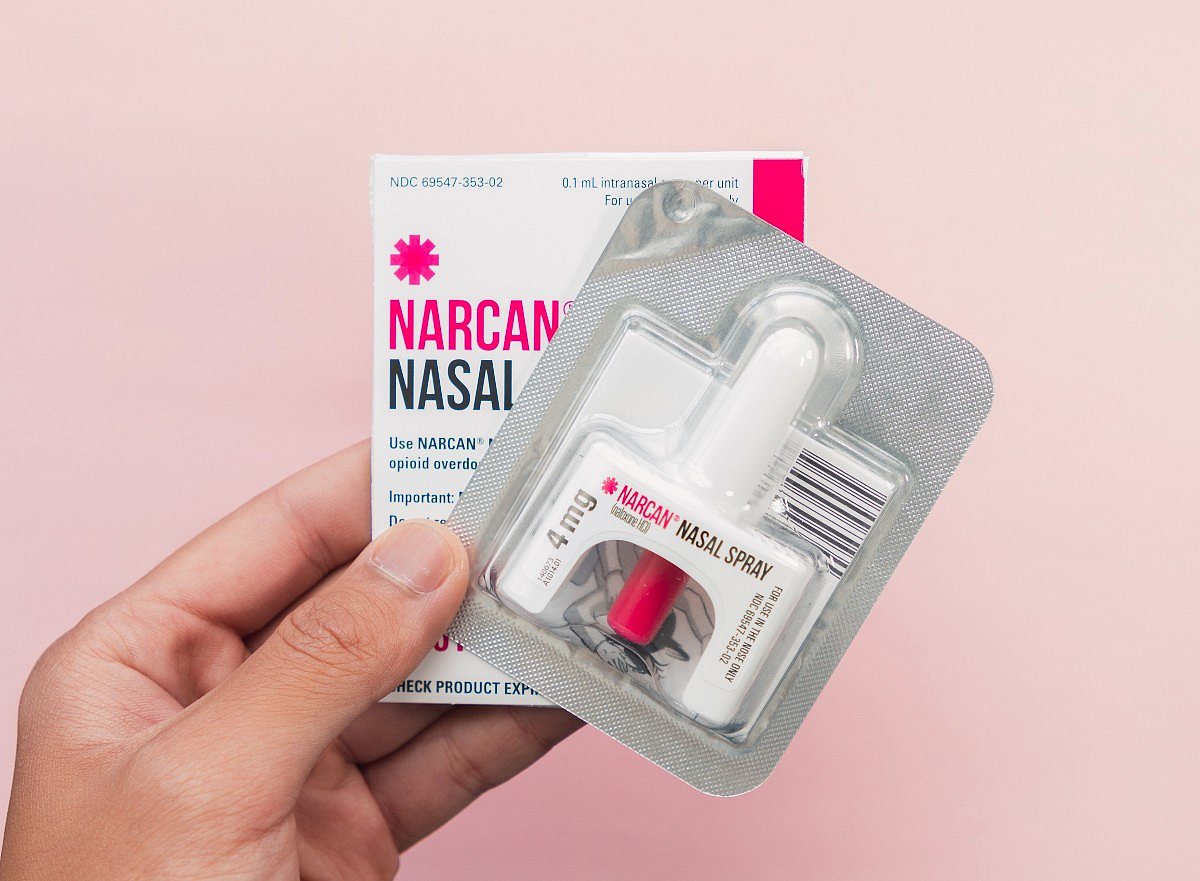ATTENTION ALL CUSTOMERS:
Due to a recent change in our pharmacy software system, all previous login credentials will no longer work.
Please click on “Sign Up Today!” to create a new account, and be sure to download our NEW Mobile app!
Thank you for your patience during this transition.
Get Healthy!

- Dennis Thompson
- Posted August 26, 2024
Most Americans Unsure How to Help Someone in Opioid Overdose
The U.S. opioid epidemic has caused a startling number of overdose deaths, but a new survey shows that most Americans still have no idea how to help an OD victim.
More than 3 in 4 people (77%) said they would not know how to respond if they saw someone having an overdose, according to survey results from Ohio State University.
“While I'm not surprised about this result, I am deeply concerned because we know that the more of us who are prepared to save a life, the more lives we can save,” said Dr. Trent Hall, an addiction medicine physician at Ohio State.
Overdose deaths have increased fourfold over the past two decades in the United States, Hall said.
An estimated 293 people die from a drug overdose every day, making it the leading cause of accidental death in the United States, according to the National Center for Health Statistics.
Two FDA-approved drugs are now available to reverse an overdose caused by opioids like heroin or fentanyl, experts noted.
Naloxone and nalmefene, sold under the brand names Narcan and Opvee, are simple-to-use nasal sprays that block the effects of opioids on the brain and body.
However, most people say they wouldn’t be comfortable administering the drugs, the survey found.
“Some people tell me that they're nervous or uncomfortable with the idea of using naloxone to save a life,” Hall said in a university news release. “But there's nothing more terrifying than being in the moment, seeing someone who's having an overdose, and being powerless to help. Carrying naloxone empowers you to save a life in your community.”
Naloxone is available over the counter without a prescription, and also can be obtained for free from many community-based programs, researchers noted.
“We know that we're losing more than 100,000 lives in the United States every year due to drug overdose,” Hall said. “Naloxone has saved countless lives across this country. We'll really never know how many lives have been saved because so many overdoses go unreported.”
Naloxone should be administered if someone is unconscious, not breathing and unable to respond when gently shaken, experts said. If a person has passed out but isn't suffering from an opioid OD, giving them naloxone will not cause them any harm.
According to the National Institute on Drug Abuse, signs of an opioid overdose include:
Unconsciousness
Very small pupils
Slow or shallow breathing
Vomiting
Unable to speak
Faint heartbeat
Limp arms and legs
Pale skin
Purple lips and fingernails
To administer naloxone:
Shout at the suspected OD victim and shake his or her shoulder, to see if he or she can be roused
If they are not breathing, spray naloxone into their nostrils.
Call 911 for follow-up medical care
Administer a second dose of naloxone if they don’t respond to the first dose within a few minutes
Stay with the person until emergency help arrives
“Our own research shows that when patients come here for treatment of opioid use disorder, the average patient has survived five accidental overdoses before coming here. And each one of those was a potentially fatal event,” Hall said.
“Imagine someone showing up for treatment who'd had five heart attacks before, or five strokes,” Hall continued. “This is every bit as dangerous, and naloxone is something that we can all use to save a life.”
More information
The National Institute on Drug Abuse has more about naloxone.
SOURCE: Ohio State University, news release, Aug. 26, 2024






